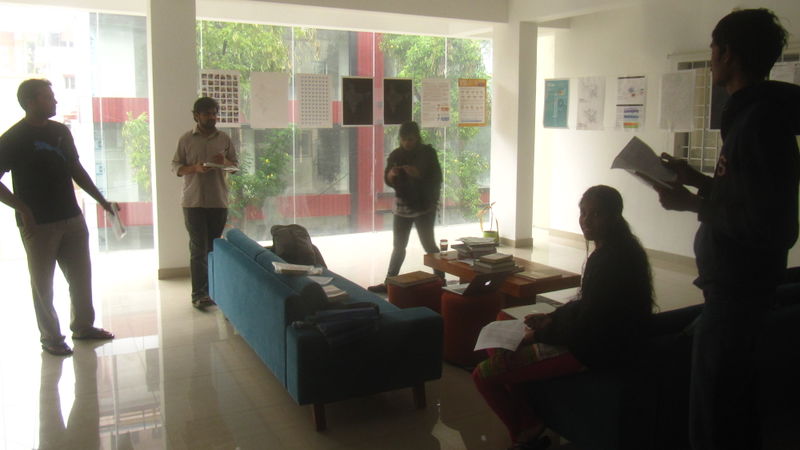Let's map some road names in Klang Valley, Malaysia!
Posted by jinalfoflia on 27 October 2021 in English.For folks who would want to add some road names in Klang Valley, we have an interesting maproulette challenge for you! These are for mappers who are a little experienced. Here’s where you can get started: https://maproulette.org/browse/challenges/23131

Put your mapping hats on and let’s do some mapping!
We would love to hear your suggestions and feedback on these tasks so that we could better next time.
PS: Can’t wait to see who is going to be on top in this challenge (psst.. We have some goodies for you) 😉
Happy Mapping!


 Here’s the map of all events, find the interactive one
Here’s the map of all events, find the interactive one 


 The map showing the buildings added by the community made using
The map showing the buildings added by the community made using 
 These are the exit numbers added by the team. The pink dots represent
These are the exit numbers added by the team. The pink dots represent 



 Deciding what to map
Deciding what to map